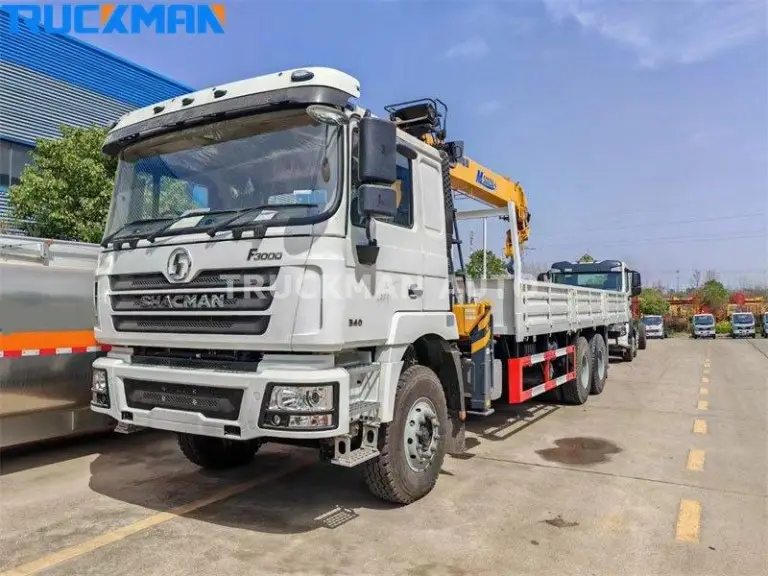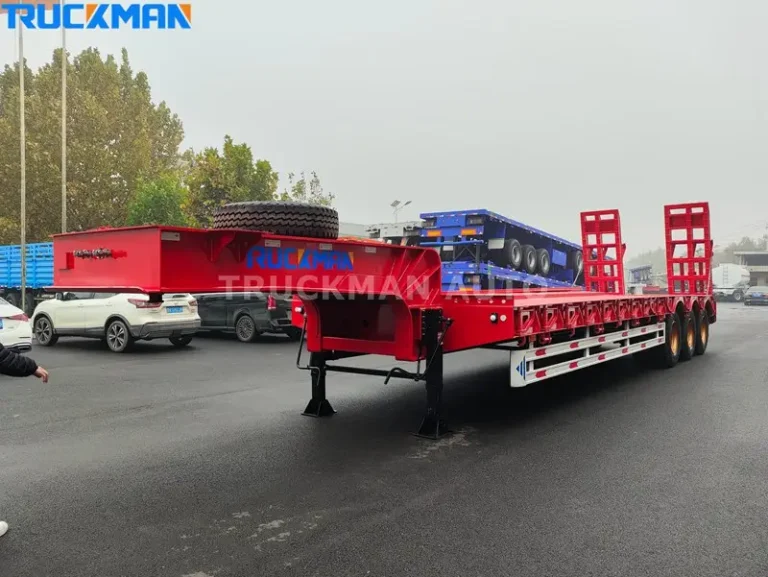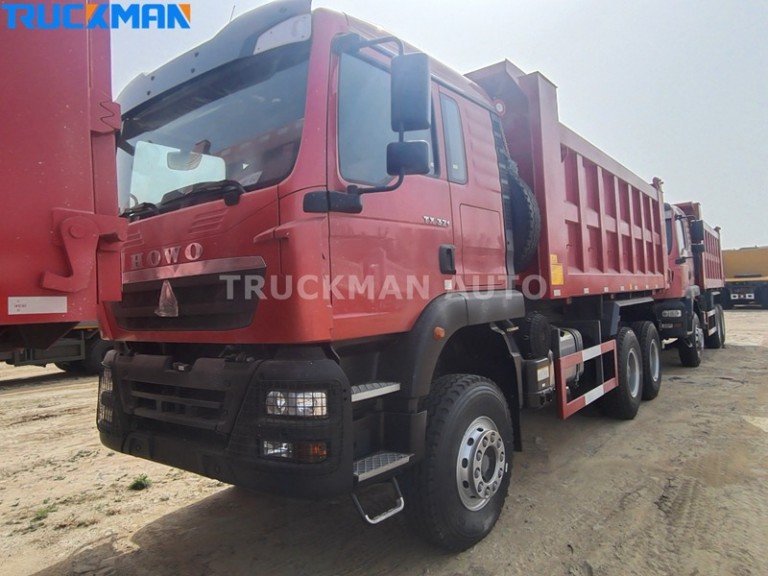SHACMAN trucks are well-known for their excellent fuel efficiency, especially the X3000, F3000, and X5000 series. Under standard conditions, their fuel consumption typically ranges between 18-35 liters per 100 kilometers. This performance rivals many EUROPEAN brands. With advanced power systems and optimized designs, these trucks help fleets save costs and reduce emissions. This article explores key factors, model comparisons, technical highlights, and practical tips to help you evaluate and choose the right truck.
Table of Contents
Heavy-duty truck fuel efficiency
Fuel efficiency in SHACMAN trucks is crucial for fleet profitability. Many factors influence it, from the truck itself to external conditions. Understanding these elements allows you to make better adjustments and avoid wasting energy.
Here are the main factors that affect fuel consumption:
- Engine design and technology: Modern engines, with features like turbocharging and cooling systems, can improve efficiency by up to 15%.
- Vehicle weight and aerodynamics: Lightweight materials and streamlined designs reduce wind resistance effectively.
- Driving conditions and terrain: Fuel use can vary by 15-20% depending on whether you’re on flat roads or rugged terrain.
- Load management: Distributing weight evenly and avoiding overloads can significantly boost performance.
- Regular maintenance: Cleaning and replacing components on time can improve efficiency by 2-3%. Neglecting maintenance increases engine strain and long-term costs.
What is the fuel efficiency of SHACMAN trucks?
SHACMAN trucks balance strong power with fuel savings. Depending on the model and conditions, their fuel consumption usually falls between 32-34 liters per 100 kilometers, even in tough environments.
On average, SHACMAN trucks consume 18-35 liters per 100 kilometers. For instance:
- On unloaded highways, consumption can drop to 18-22 liters per 100 kilometers.
- Under heavy loads or on difficult terrain, it may rise to 28-34 liters per 100 kilometers.
Newer models often perform better, helping companies with fixed routes estimate costs more accurately.
Comparison with industry standards
Compared to other leading brands, SHACMAN trucks excel in fuel efficiency. They compete with high-end EUROPEAN models like VOLVO, MAN, and SCANIA. For example:
- The VOLVO FH16 consumes 21-40 liters per 100 kilometers.
- The MAN TGX averages 25-35 liters per 100 kilometers.
- The SCANIA R series uses 23-35 liters per 100 kilometers.
SHACMAN trucks often save 5-10% on fuel compared to these brands. Their efficiency, typically around 32 liters per 100 kilometers, matches EUROPEAN and AMERICAN models. However, SHACMAN trucks are more affordable, offering excellent value. This balance is proven in durability tests, making them a reliable long-term choice.
Here’s a comparison of key models:
| Brand/Model | Fuel consumption (liters/100 km) | Advantages |
|---|---|---|
| SHACMAN X3000 | 18-36.5 | Handles tough terrain, low cost |
| VOLVO FH16 | 21-40 | Strong power, higher consumption |
| MAN TGX | 25-35 | Stable performance, medium price |
| SCANIA R | 23-35 | Efficient design, premium pricing |
SHACMAN truck models and their fuel efficiency
TRUCKMAN AUTOMOBILE offers various SHACMAN models, each optimized for specific scenarios. Customers often ask about the differences in fuel consumption among these models.
- F3000 Series: Known for its sturdy build and high-output engines, the F3000 delivers strong torque while maintaining better fuel control than many competitors. Its aerodynamic design reduces drag at high speeds, with fuel use ranging from 20-35 liters per 100 kilometers.
- X3000 Series: This high-end model features CUMMINS engines with horsepower between 280-500. It combines power and fuel savings, making it ideal for long-distance freight. Advanced engine technology ensures efficient combustion, while its drag coefficient of 0.53 improves aerodynamics by 15% compared to older designs. This is especially useful for remote operations.
- X5000 Series: As an upgraded version, the X5000 reduces fuel consumption by about 4% through power system improvements and WEICHAI engine integration. It’s a cost-effective choice for operators seeking long-term savings.
Maximize your truck fuel efficiency
After years of working with SHACMAN trucks, I’ve identified effective ways to improve fuel efficiency. These trucks already feature advanced engines, aerodynamic designs, and durable transmissions. However, further improvements require a comprehensive approach.
- Maintenance: Regular engine tuning, filter replacements, and system cleaning can boost efficiency by 10%.
- Tire care: Proper tire pressure and alignment reduce resistance, saving 2-3% on fuel.
- Driving habits: Smooth driving and avoiding sudden speed changes can save up to 15%.
- Fuel tracking and load optimization: Monitoring fuel use and managing loads effectively can lead to significant savings.
By applying these strategies, operators can improve efficiency by 15-20%, resulting in major cost savings over the truck’s lifespan.
For personalized optimization plans or expert advice, contact TRUCKMAN AUTOMOBILE. Our team is ready to help you unlock the full potential of SHACMAN trucks and improve your fleet’s efficiency.
FAQ
How does driving style affect SHACMAN truck fuel consumption?
Frequent sudden braking increases fuel use. Smooth driving habits reduce it.
What role do tires play in SHACMAN dump truck fuel efficiency?
Proper tire pressure improves performance. Low pressure increases resistance and fuel use. Regular checks are essential.
How does load management affect SHACMAN truck fuel economy?
Distributing weight evenly and avoiding overloads reduces engine strain and fuel use.
Can advanced engine technology improve SHACMAN truck fuel efficiency?
Yes, SHACMAN’s injection and boosting systems enhance fuel savings and lower emissions. Collaborations with WEICHAI ensure reliable progress.
How does maintenance affect SHACMAN dump truck fuel consumption?
Routine oil changes and part replacements maintain peak efficiency. Neglecting maintenance leads to higher costs and reduced performance.
What is the impact of aerodynamics on SHACMAN truck fuel efficiency?
Streamlined designs and deflectors reduce wind resistance, saving 5-10% on fuel, especially at high speeds.
How do road conditions affect SHACMAN truck fuel economy?
Rugged terrain increases fuel use, while flat roads are more efficient. Route planning helps minimize the impact.







